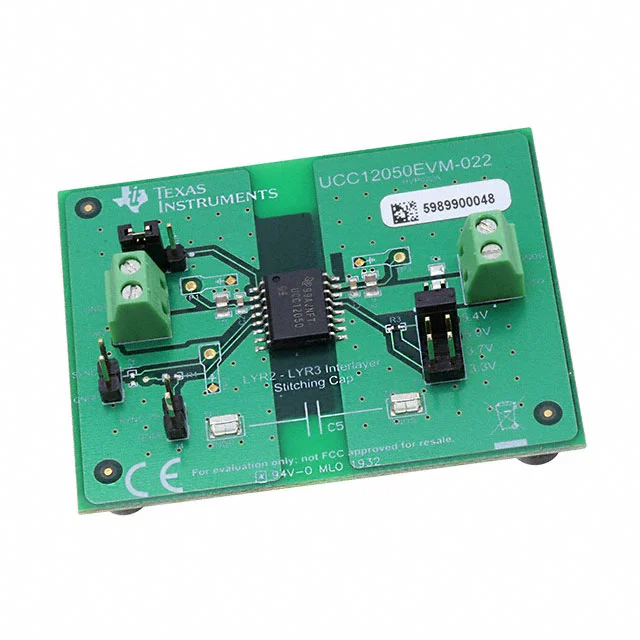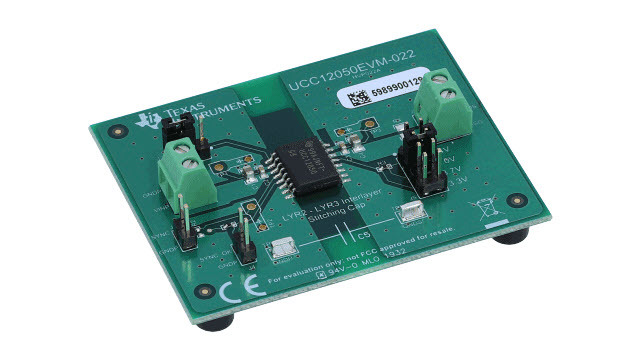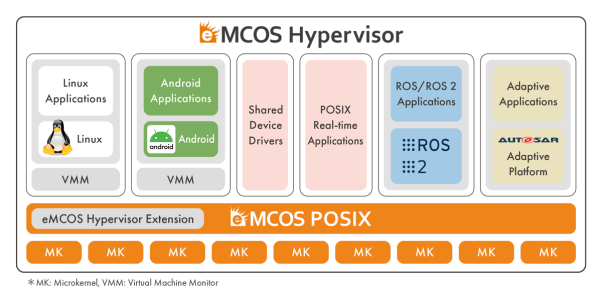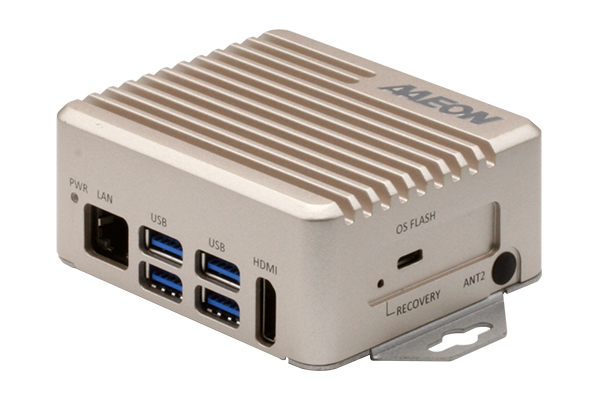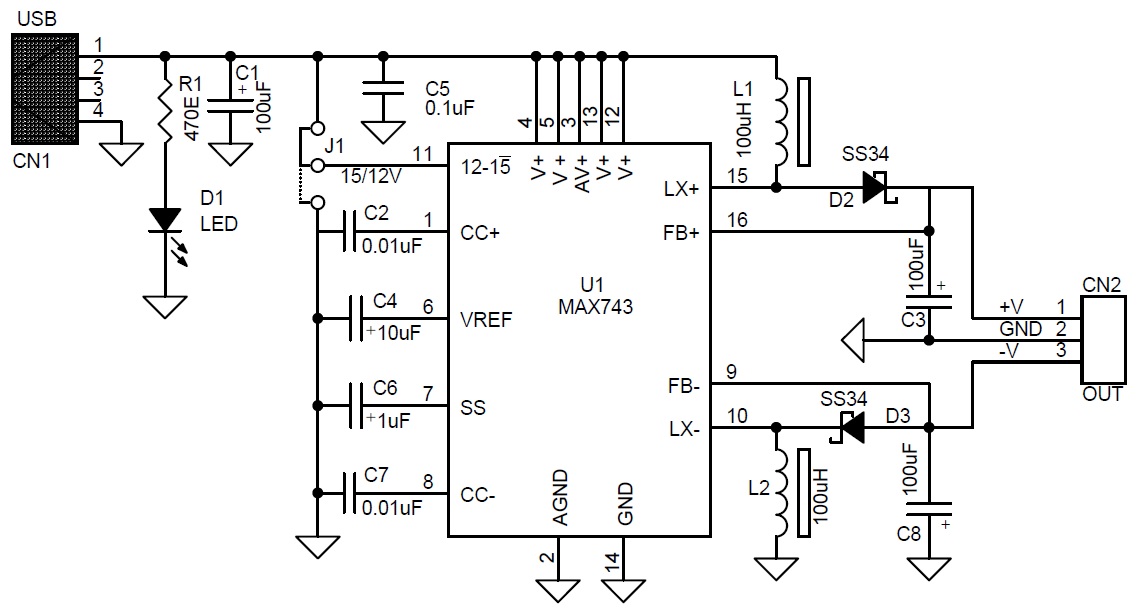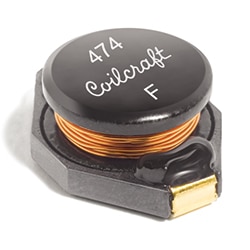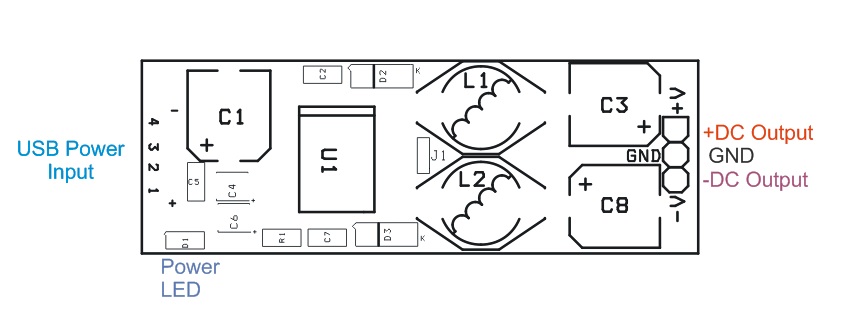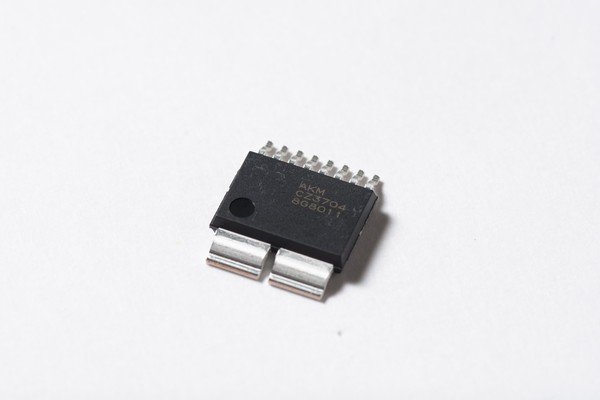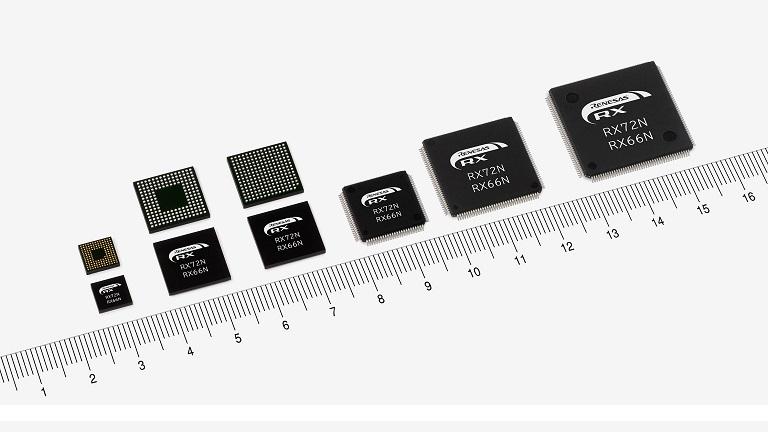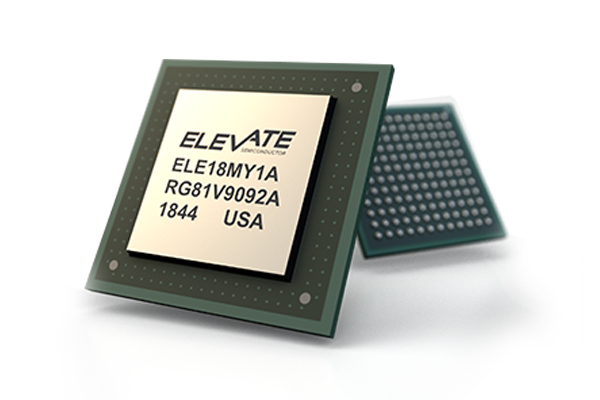
As technology evolves, and demand increases for next generation chips in artificial intelligence, deep learning, machine learning, automotive, IoT, healthcare and other areas, technology to provide faster, higher density and lower power ATE (Automatic Test Equipment) semiconductors is required.
At ElevATE, the goal is to provide our customers with pin electronic (PE) solutions innovating with respect to speed, power,and density. The company’s new pin electronics chip, Mt. Mystery accomplishes this design trifecta: increasing speed by 50%, reducing power by 67%, and total size by 75%. Achieving it through 20+ years of ATE expertise, circuit architecture advancement, and the use of modern sub-micron technology.
Density. In design, Mt. Mystery connotes a compact and efficient use of space. In technology it also delivers the fine balance between speed and power. Whether the latest smartphone, data center blade, or ATE test system the triple challenge of speed, power, and density remains a constant.
The advantage this trifecta brings to the ATE system designer is flexibility across all three axes. 50% speed increase permits the test of the most modern processor, SOC, FPGA, and memory technologies. 67% reduced power permits tripling the number of pins/devices under test without increasing the power budget. 75% reduction in size permits the quadrupling the number pins under test without expanding the overall PCB size versus a current architecture. Mt. Mystery achieves this trifecta creating the space for the ATE manufacturer to innovate without the hurdles of prior performance constraints.
The technology trifecta delivered by Mt Mystery creates an added benefit. It permits ElevATE to drive a lower solution cost. Combined with ElevATEs ISO certification for design and quality this yields a tangible total cost of ownership advantage to our customers.
Mt. Mystery is now available and is a SOC Octal 500Mz integrate pin electronics solution that incorporates every analog function, along with digital support circuitry required to create 8 independent pin channels for automated test equipment.
For information on Mt. Mystery and other ElevATEs PE products, please visit: https://www.elevatesemi.com/products-pin-electronics/



